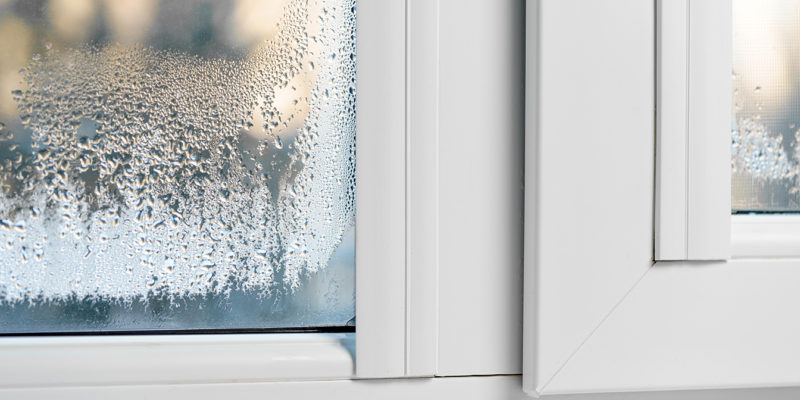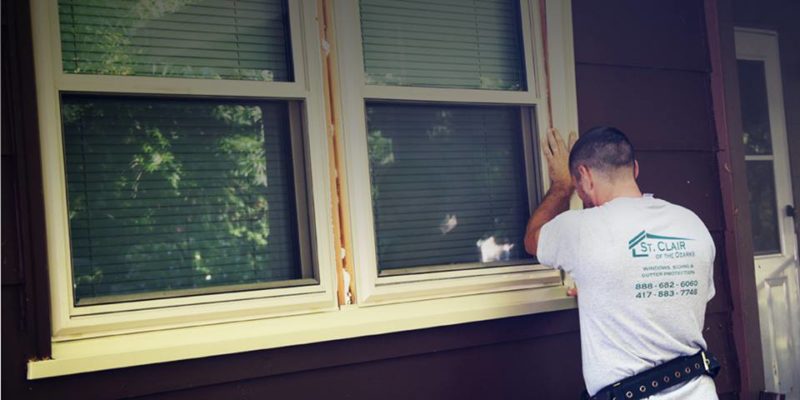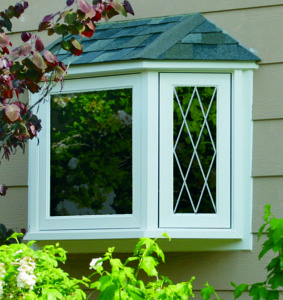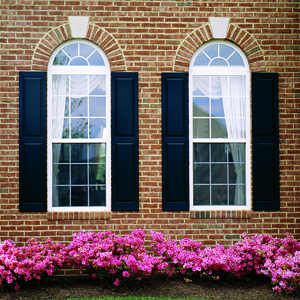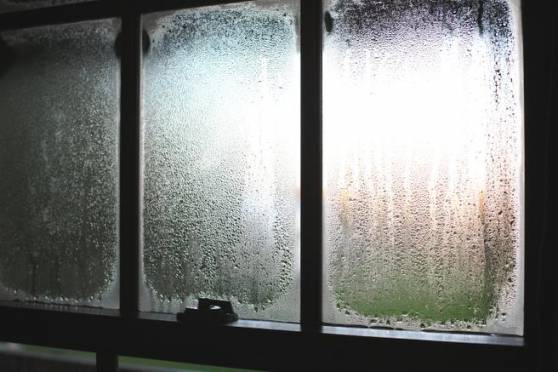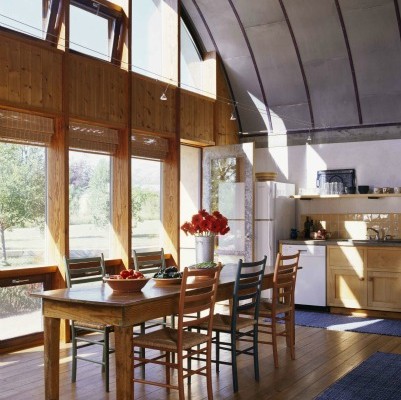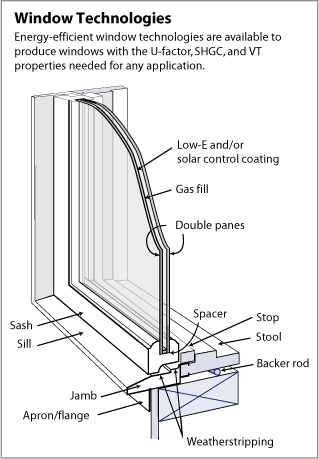Window condensation is unsightly for sure and can be even more problematic to your home than you realize. If neglected, the moisture from the condensation can cause rotting to wood window frames and molding and even weaken the plaster of your home. It could cause issues with mold or mildew as well.
Occasionally condensation inside your windows can occur in bathroom and kitchens due to the heat that comes from showering and cooking. The room is hotter than usually, the air that meets the windows is warmer and can cause fogging, kinda like breathing on the windows of a cold car. You can keep this to a minimum by using a fan over the stove while cooking or a bathroom fan while you shower. The fan will cool the air, allow for circulation, and keep moisture to a minimum.
If you are dealing with more window condensation, there is a good chance that some of it is caused by poor seals on your windows. If your windows are poorly sealed, more cold air is allowed to get thru, thus mixing with the warm air on the glass and causing the condensation. You can fix this by caulking your window seals to seal any cracks. If you cannot see obvious cracks, you might have a seal issue, test it by holding a lit candle to the window. If the flame pulls in a particular direction, that means your window’s seal is faulty.
Are your windows old? Sometimes the problem is simple. The windows are too old and no long as functional as they used to be. Old windows are often more prone to air leakage and drafts and yes, window condensation. If you are dealing with old windows, your best bet is to replace them with more airtight windows that keep out window condensation.
Need help finding new windows for your home? St Clair of the Ozarks offers energy efficient windows in a number of shades, sizes and styles.

